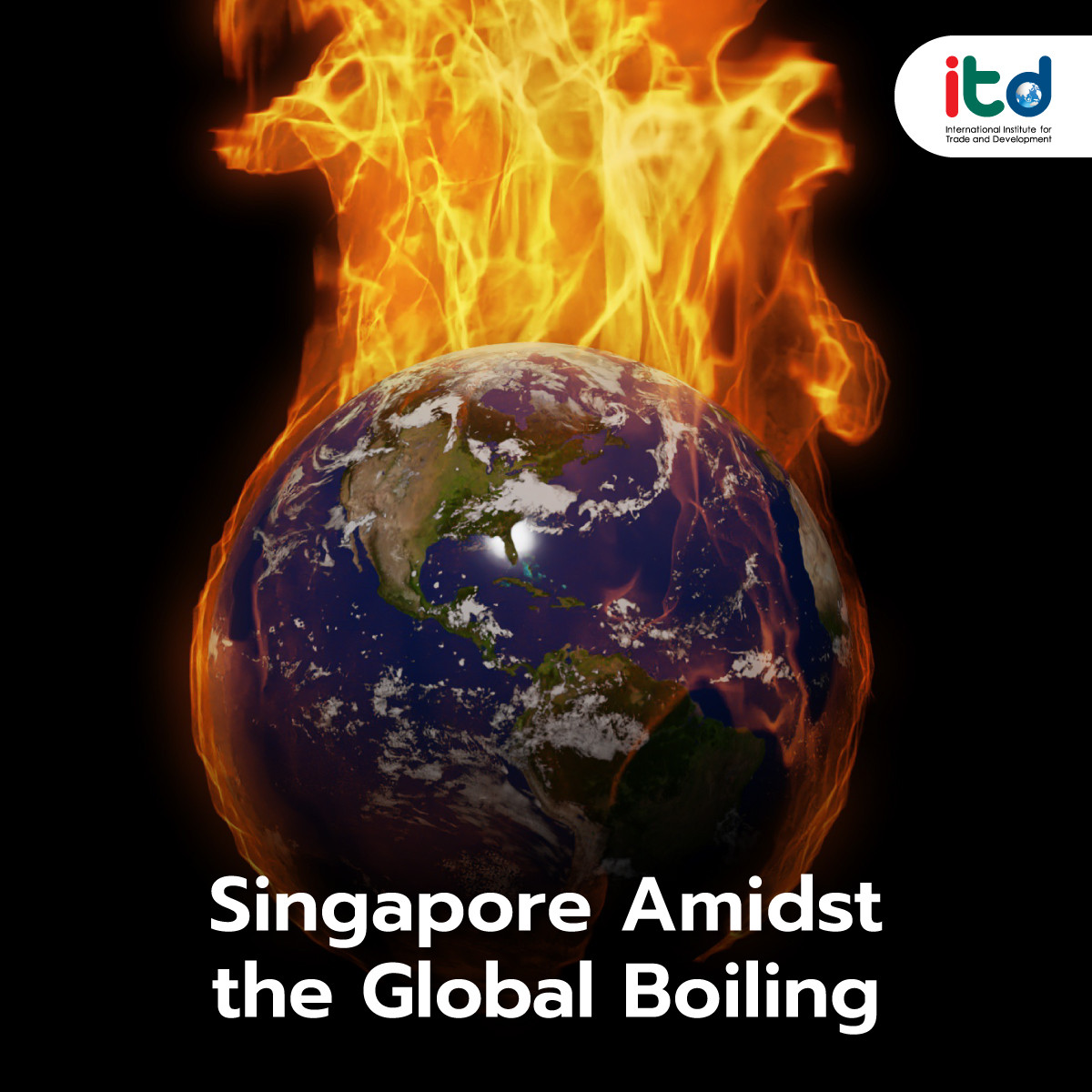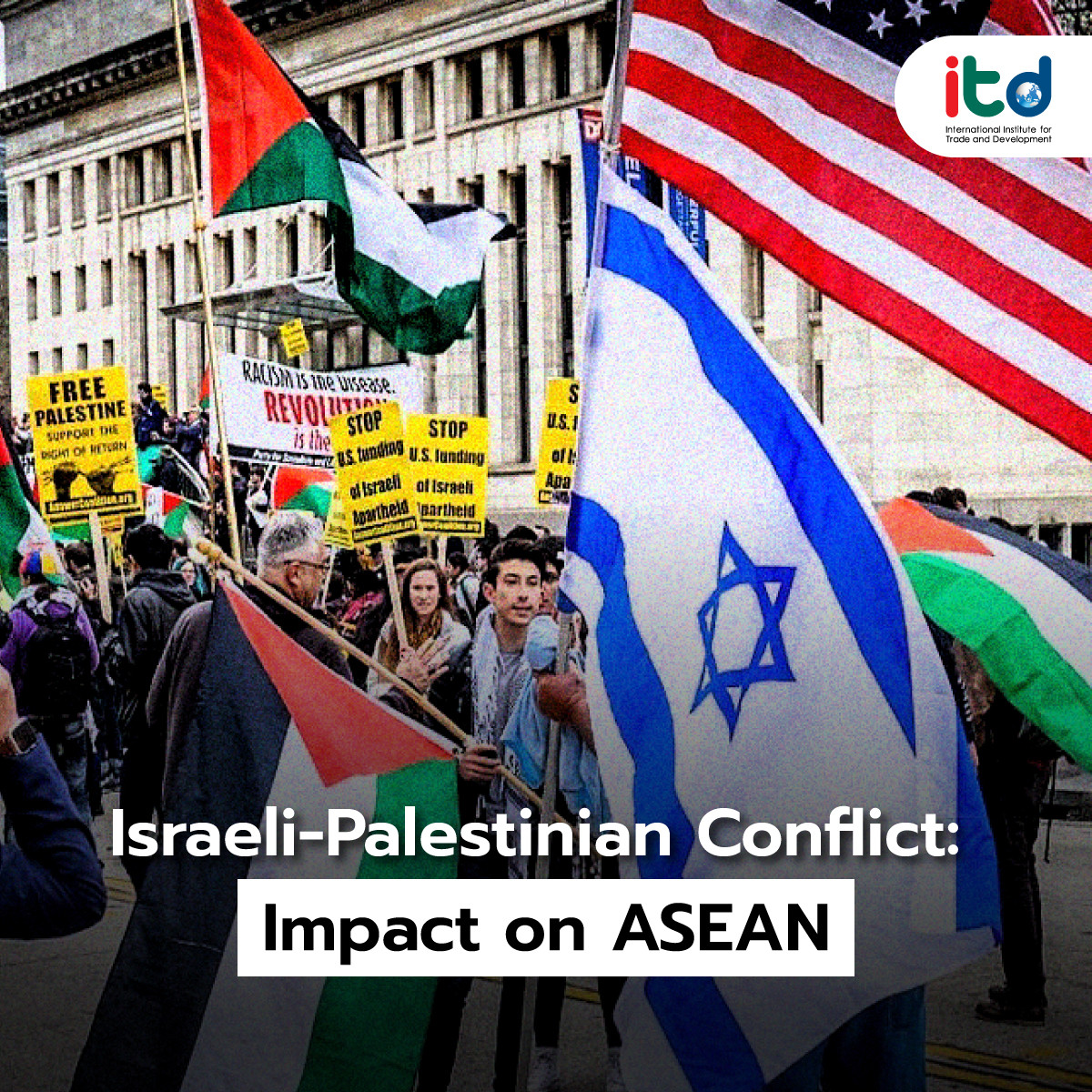About Documents
2023 was the hottest calendar year ever recorded since 1850, and in 2024, the global surface temperature has continued to rise. The global surface temperature has broken the highest monthly records since 1850, consecutively for 11 months from June 2023 to April 2024.
Singapore also faced the hottest year in 2023, with the highest recorded temperature of 37 degrees Celsius, equal to the temperature in 1983 the highest ever recorded in Singapore. Additionally, as an island nation, Singapore is vulnerable to the impacts of climate change, including rising sea levels, heavy rainfall, drought, and extreme weather conditions. This makes climate change adaptation and mitigation a national priority.
According to the goal of achieving net zero greenhouse gas emissions by 2050, Singapore emphasizes innovation for industry, economy, and society to transition to low-carbon. This includes accelerating business transformation, investing in low-carbon technologies, fostering international cooperation, and adopting low-carbon practices.
A key measure is the Carbon Pricing Act, which made Singapore the first ASEAN country to implement a carbon pricing mechanism in 2019. This act enforces a carbon tax on establishments that have direct emissions of at least 25,000 tCO2e, covering carbon dioxide, methane, nitrous oxide, hydrofluorocarbons, perfluorocarbons, sulfur hexafluoride, and extending to cover nitrogen trifluoride starting in 2024.
The initial carbon tax rate was set at 5 Singapore dollars per tCO2e from 2019 to 2023 as a five-year transition period. The carbon tax rate will gradually increase to 25 Singapore dollars per tCO2e in 2024-2025 and 45 Singapore dollars per tCO2e in 2026-2027. By 2030, Singapore’s carbon tax is expected to be between 50 and 80 Singapore dollars per tCO2e.
In adapting to climate change, Singapore assesses risks and plans for adaptation, and established the Centre for Climate Research Singapore (CCRS) to develop climate science capabilities. This effort aims to understand the science of weather and climate, including the impacts of climate change on Singapore and Southeast Asia. The findings of CCRS are published in the National Climate Change Study reports.
To adapt to rising sea levels, Singapore has raised the minimum land reclamation height and implemented coastal protection measures, such as building walls and rock revetments, covering 70-80% of its coastline. Studies and preparations are also underway for potential changes of circumstances. Additionally, water drainage and flood prevention are managed holistically to ensure system resilience.
In managing limited water resources, recycled water (NEWater) and desalinated water are two of the four key water sources that have become increasingly important because they do not rely on rainfall and can provide water security amidst climate change.
For ASEAN member countries that are highly vulnerable to the impacts of climate change, Singapore’s efforts in climate change mitigation and adaptation serve as an excellent example. Proper preparedness, appropriate adaptation, and climate change mitigation measures are essential for survival in this turbulent world.
Author:
Ms. Patcha Thamrong-ajariyakun
Senior Researcher
International Institute for Trade and Development (Public Organization)
www.itd.or.th
Publication: Bangkok BIZ Newspaper
Section: First Section/World Beat
Volume: 37 Issue: 12646
Date: Wednesday, May 22, 2024
Page: 12 (left)
Column: “Insight ASEAN”





